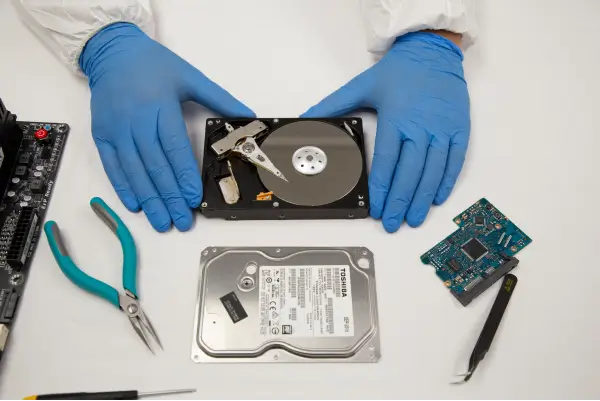Location data on mobile devices does more than just make navigation easier, now these features allow law enforcement to identify criminal suspects. The term “geofencing” refers to a boundary around a certain location that is set using location-based software or apps. Law enforcement officers have been using geofencing to find the location data of mobile devices in the area of a committed crime. While this gives them the ability to find a possible suspect, consumers feel it is a violation of privacy for the innocent parties.
A New Form of Police Lineups
A reverse search warrant is different than a traditional warrant because it doesn’t target a particular person that is already suspected of committing or being an accomplice to a crime. With geofencing, when a crime is committed law enforcement officials will send a warrant to Google, asking them to send the location data of any devices that were in a specified area during the time of the crime.
If a device had passed the location several times, was close to the crime scene at the exact time it took place, or was in the set area and disappeared after authorities were called, the police will ask for further details on that particular user. They must submit a second warrant to find out the user’s name and phone number. Currently, police say that privacy is protected as there is an identification number randomly assigned to each device’s serial number. The owner is not revealed unless a second warrant is approved.
In most cases, a user will be notified by Google that the law enforcement is asking for their personal information. The user is then given a week to accept or reject the request for data. If they do not respond, Google is bound to release the information. While this is common practice, there has been at least one noted case on mprnews.org where police put Google under a non-disclosure order, forbidding them from telling the user their data was being used for at least six months.
Use Cases for Reverse Search are Hit or Miss
Thus far, the cities of Eden Prairie and Brooklyn Park in Minnesota have reported that their reverse search warrants allowed them to find suspects who stole a pickup truck, stole tires from a retail store, robbed a restaurant at gunpoint, and a possble suspect of a sexual assault case.
This technology can be helpful in these cases, and especially so when going backwards to review ongoing investigations. Location data from years ago is available through Google for law enforcement to request. While it has had some success, there have also been many cases where no guilty parties have been found. In this instance, the police departments will still have the data of the suspects they found, which are stored in the case file and become public record.
The negatives continue to come to light in a recent case involving a bicyclist in Florida being wrongly suspected of a burglary. The cyclist had been using an app to track his cycling, and when this location data showed he had ridden passed the house in question several times, police asked for more information. After the cyclist was notified by Google, he hired a lawyer to contest the warrant, and the police then dropped it, stating they had other information leading to a new suspect.
Privacy Concerns
Jerome Greco, a public defender in the Digital Forensics Unit of the Legal Aid Society, stated in a Forbes article that there were two main privacy concerns with this law enforcement method. The first was that Google is tracking the minute-to-minute movements of thousands of people. The second was that it was an invasion of people’s privacy who had no connection to the crime.
People are also concerned about how far the location fencing goes. In one case, the fencing around a gas station was too small to account for anyone other than those simply using the gas pumps. On the other end of the spectrum, attorneys have voiced concerns over how quickly the judges allow for the warrants without seeing a map as to how far the location spans. The larger warrants can account for hundreds of thousands of people coming in and out of the area in a span of mere hours.
“I think the practice has its place in specific investigations, but like any other tech, law enforcement has to be careful not to abuse it,” said Director of Forensics for SecureData, Allan Buxton. “The practice of putting GPS trackers on vehicles triggered case law limiting it, and even though warrants are in play here, overly broad use of it could very well do the same.”
Staying Secure with Advanced Technology
Preventing mobile devices from collecting location data lies in the hands of the consumer. They can choose to disable the location settings on their phone to cut down on the information they are sending out to tech giants like Google. Buxton said, “Those truly concerned about their location data should take steps to prevent its collection, like not riding one’s bicycle with a GPS tracker.”
While this can be one line of defense in keeping you from being falsely identified as a suspect, data privacy is an ongoing struggle in the connected world in which we live. The SecureDrive product line is a data storage solution that puts the user in total control of their data.
These hardware encrypted devices can only be accessed through complex PIN entry or a secure wireless app. Through the app, a user can set geo- and time-fencing to restrict drive access to predetermined times and places. SecureData does not store any of this information and data from all of the products can either be remotely wiped or will be crypto-erased after 10 consecutive failed PIN entries.















